
As a dog owner, your best canine companion can be many things. Stoic protector. Enthusiastic playmate. Faithful confidant. However, on top of all these roles, your dog may also make for a fantastic exercise partner. Chances are, this does not come as a surprise. It is difficult to step foot in any park or on any path without seeing pleasant pairs of people & pups out for a leisurely (or sometimes not so leisurely) jog. If you think jogging with your pup may be for you – that’s great! There will be many memorable and fulfilling times ahead. But before you begin running with your dog, take a moment to consider these five things:
If you take note of the five items above, there is no reason you and your dog will not become the fittest pair on the block! Happy jogging!
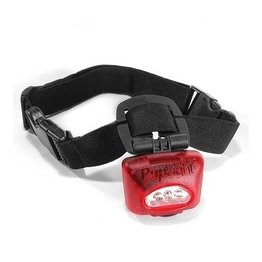 Puplight Dog Safety Light Red
Puplight Dog Safety Light Red
 Hypoallergenic Dogs List - The Best Dog Breeds For People With Allergies Or Asthma
Hypoallergenic Dogs List - The Best Dog Breeds For People With Allergies Or Asthma
 The Importance Of Feeding Your Dog Fish Oil
The Importance Of Feeding Your Dog Fish Oil
 Sarcoptic Mange and Mange in Dogs and other Canine Diseases Humans Can Get
Sarcoptic Mange and Mange in Dogs and other Canine Diseases Humans Can Get
 Dogs :: Dog Ears Can Be a Real Trouble Spot (Page 1 of 2)
Dogs :: Dog Ears Can Be a Real Trouble Spot (Page 1 of 2)
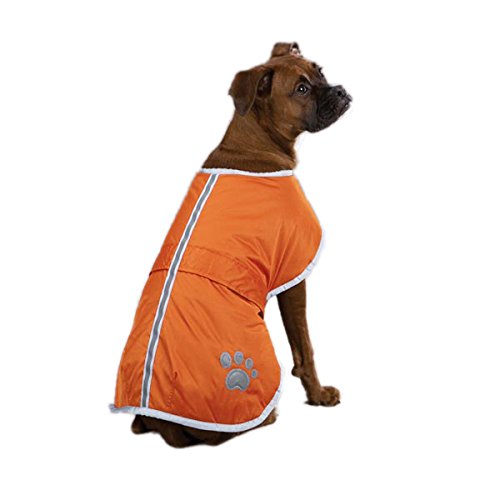 Dog Coats for Winter
Dog Coats for Winter
 Boosting Your Dogs Health Through Food
We would do anything to keep
Boosting Your Dogs Health Through Food
We would do anything to keep
 Tub Time For Dogs! Hints and Tips for Bathing Your Dog!
Tub Time! Tips for Bathing Your Dog!
Most of us are a bit
Tub Time For Dogs! Hints and Tips for Bathing Your Dog!
Tub Time! Tips for Bathing Your Dog!
Most of us are a bit
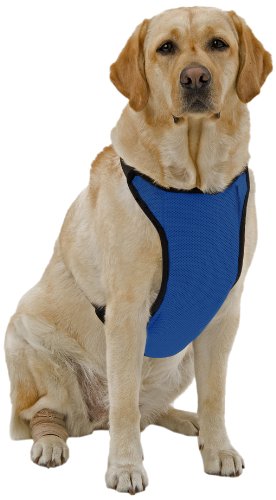 Cooling Vests For Dogs
Dogs feel the heat just like
Cooling Vests For Dogs
Dogs feel the heat just like
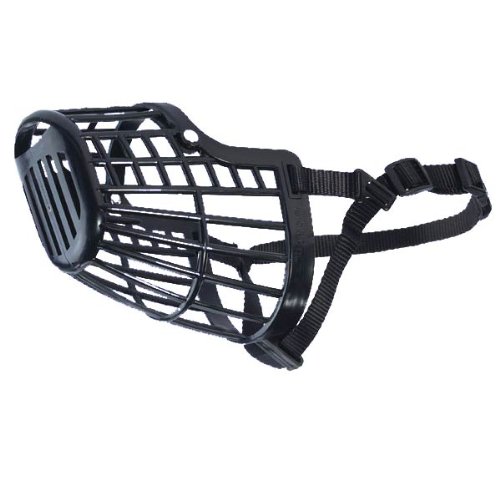 Dog Muzzle
If you are unsure about your
Dog Muzzle
If you are unsure about your
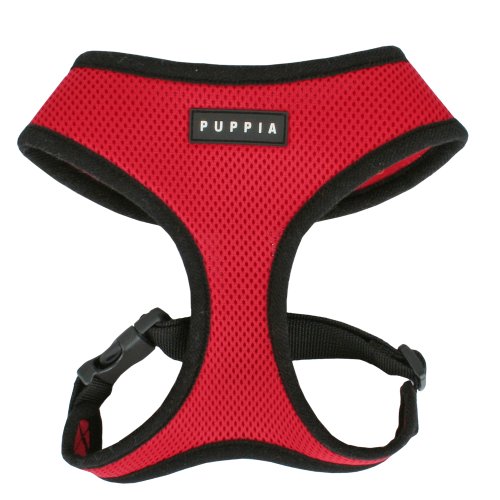 Be Prepared Before Taking Your Dog on Your Next Holiday Road Trip
Planning Your TripIt is exci
Be Prepared Before Taking Your Dog on Your Next Holiday Road Trip
Planning Your TripIt is exci
Copyright © 2005-2016 Pet Information All Rights Reserved
Contact us: www162date@outlook.com